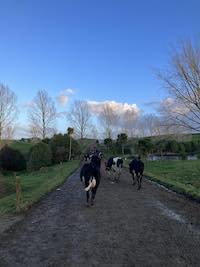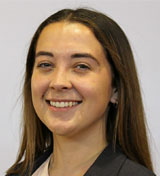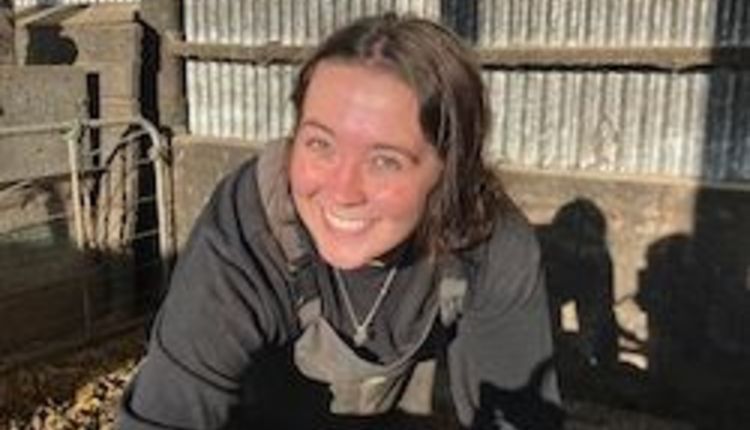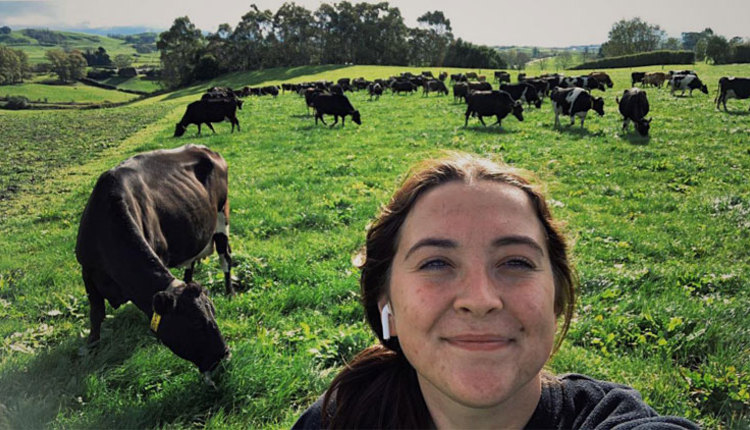
By the time this task is complete, it is about 10 a.m., and I head to the house for my second round of coffee and a bite to eat for breakfast. After a short break, I ensure all the new babies from this morning have been fed fresh colostrum and dip their navel with iodine. After lunch, we head back out to the paddocks, where we collect our second round of newborn calves for the day, and the process repeats itself in the afternoon. On average, we are getting 10 new calves a day, so I am staying busy maintaining the health and well-being of the calves and training them to drink off feeders.

Despite the long hours and little sleep I have endured this past month, I have also learned so much about calf care and seasonal calving in New Zealand. Across the entire country, dairy farmers are working their hardest from the months of July through September. This time of the year is “calving season,” when most calves are born on dairy farms. Generally, the best cows will produce replacement heifers for the milking herd, while the rest of the herd will have bobby calves. These calves are only kept on the farms for about four days before they are sold to a food production facility or pet food company.
At first, this schedule came as a shock to me. Back home, we don’t calve out our cows all at once. I have learned that the surplus of calves born across New Zealand during that time period has forced an infrastructure that allows them to be used efficiently and put back into the food system so they do not go to waste. Managing that flush of calves on the farm side has involved a bit of a learning curve for me, but I have learned valuable lessons that I will take back with me.

Kramer is a student at Iowa State University majoring in agricultural studies and international agriculture. During the summer of 2023, she is working on a 900-cow dairy farm in New Zealand.







![Image[1]](https://cms-static.wehaacdn.com/hoards-com/images/Image-1-.25867.widea.0.jpg)
